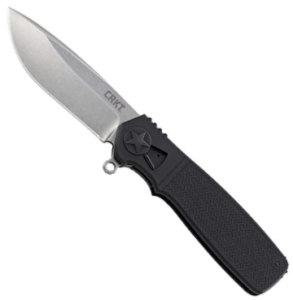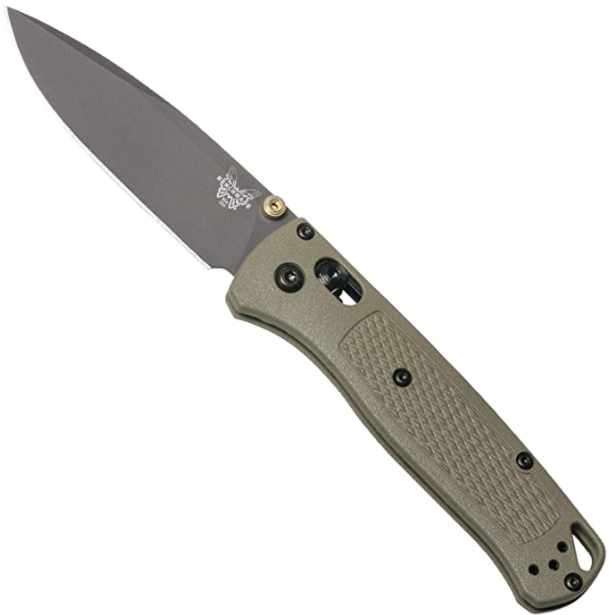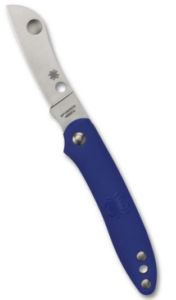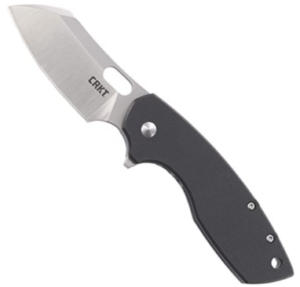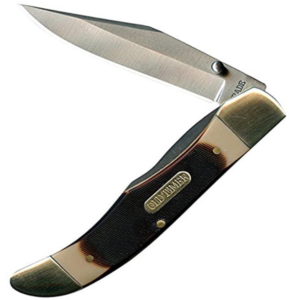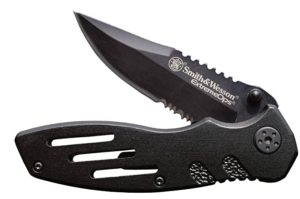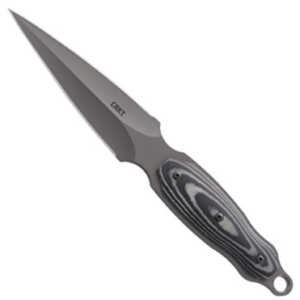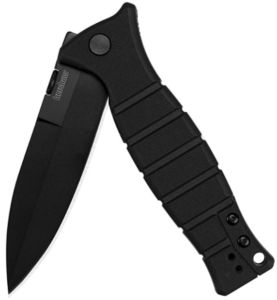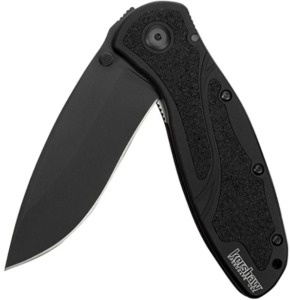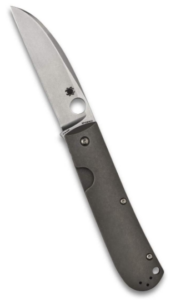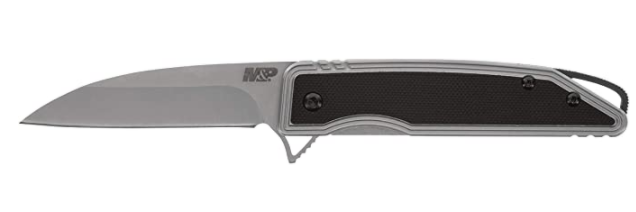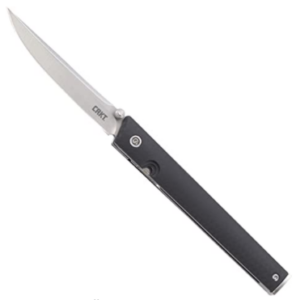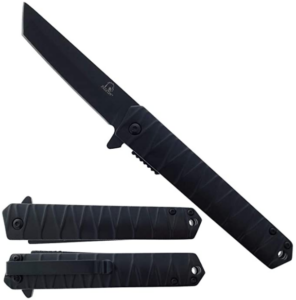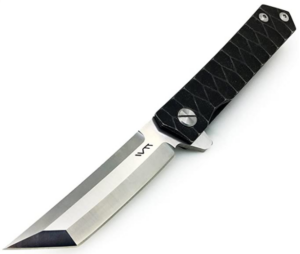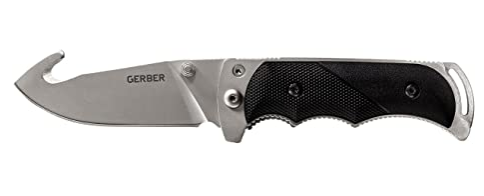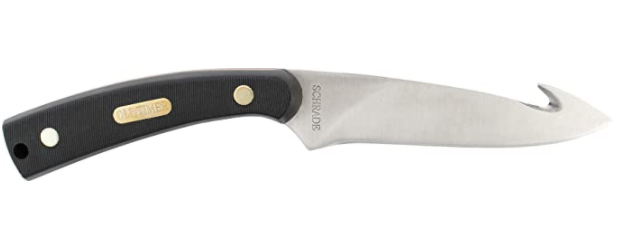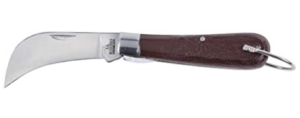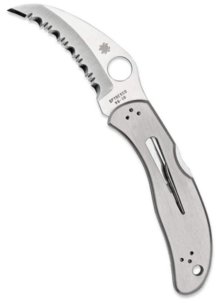POCKET KNIVES
10 Types of Pocket Knife Blades & Their Uses
24.02.2022
You don’t need to be a pocket knife enthusiast to appreciate their versatility and practicality. The other thing that stands out is the varied types of pocket knife blades. But why would they be so different? Does each have a specific purpose?
There is no doubt these differences are the makings of bladesmiths. And this article answers the questions above by considering the ten most common pocket knife blade shapes and their uses.
Drop Point
The drop-point blade has a convex spine that gently curves downwards toward the tip. It’s one of the most common blade shapes. The shape makes it easy to remove the blade from the handle and provides a wide edge for slicing.
Drop-point blades are ideal for general purposes and are a favorite for hunters.
Examples on Amazon
Sheepsfoot
The distinguishing characteristic of the sheepsfoot blade is a flat or slightly curved edge. The spine may take various shapes, but it generally curves at the tip downwards.
Originally, sheepsfoot blades were intended for trimming sheep hooves, but their reliability in handling various cutting tasks made them a handy tool for outdoor living and survival.
Examples on Amazon
Clip-Point
This shape is also common in many pocket knives. It features an upward-curving edge and a spine that seems to have been clipped off near the tip.
The resulting shape is a sharp-pointed blade with a wide cutting edge. The blade is ideal for making punctures and precision cutting and slicing.
Examples on Amazon
Needle Point
The defining feature of a needle-point knife is its symmetrical blade with two edges on either side. The shape of the blade makes it ideal for piercing and penetrating.
However, since the needle-point blades are thin, they tend to be more fragile than most in their category. Also, they are often categorized as weapons hence illegal in many states and countries.
Examples on Amazon
Read Next: 9 Styles of Pocket Knives You Should Know About
Spear Point
The symmetry of the spear-point blade makes it look like the needle-point blade, but a closer examination reveals their main differences. Spear-point blades are not necessarily sharpened on both sides and are stronger and thicker than their needle-point counterparts.
Such blades are used as throwing knives and daggers. Consequently, many places consider them weapons and, therefore, illegal possessions.
Examples on Amazon
Wharncliffe
With a straight edge and a curved spine, the Wharncliffe blade resembles the sheepsfoot blade structure. However, unlike the other, the Wharncliffe blade’s spine starts to curve at the handle, making the tip pointier.
This blade is used in many instances where a sheepsfoot would be used.
Examples on Amazon
Straight Back
Also known as the normal blade, a straight back blade has, as you guessed, a straight spine. The edge, therefore, curves upwards to meet the spine at the tip.
The curved edge provides more cutting surface, and the flat unsharpened back allows you to apply pressure using your hand or finger when cutting or chopping.
Examples on Amazon
Tanto
Instead of a curved belly, the tanto blade abruptly angles upwards towards an almost straight spine to create an aggressive tip. The short samurai swords of ancient Japan inspires the shape of the blade.
Given its heritage, tanto blades are perfect for clean slices and chops, and the prominent tip makes an ideal tool for piercing tough game skins.
Examples on Amazon
Read Next: 8 Best pocket Knife Brands This Year
Gut Hook
A gut hook is more a feature on a blade than a standalone knife shape. Either way, you are likely to see it on many pocket knives, making it a worthy mention.
It is an interruption on the spine’s slope, usually towards the blade tip. The shape of the hook is optimized to help a hunter when field-dressing a wild game.
Examples on Amazon
Hawkbill/Talon
Also known as a talon, the hawkbill blade’s edge and the spine curve downward to create a sharp tip. The blade’s sharpened side is on the inward side of the curve.
Hawkbill knives are ideal for utilities such as cutting carpet or pruning small vegetation. Pocket knives with this blade style have comfortable and non-slippery handles to prevent accidents.
Examples on Amazon
